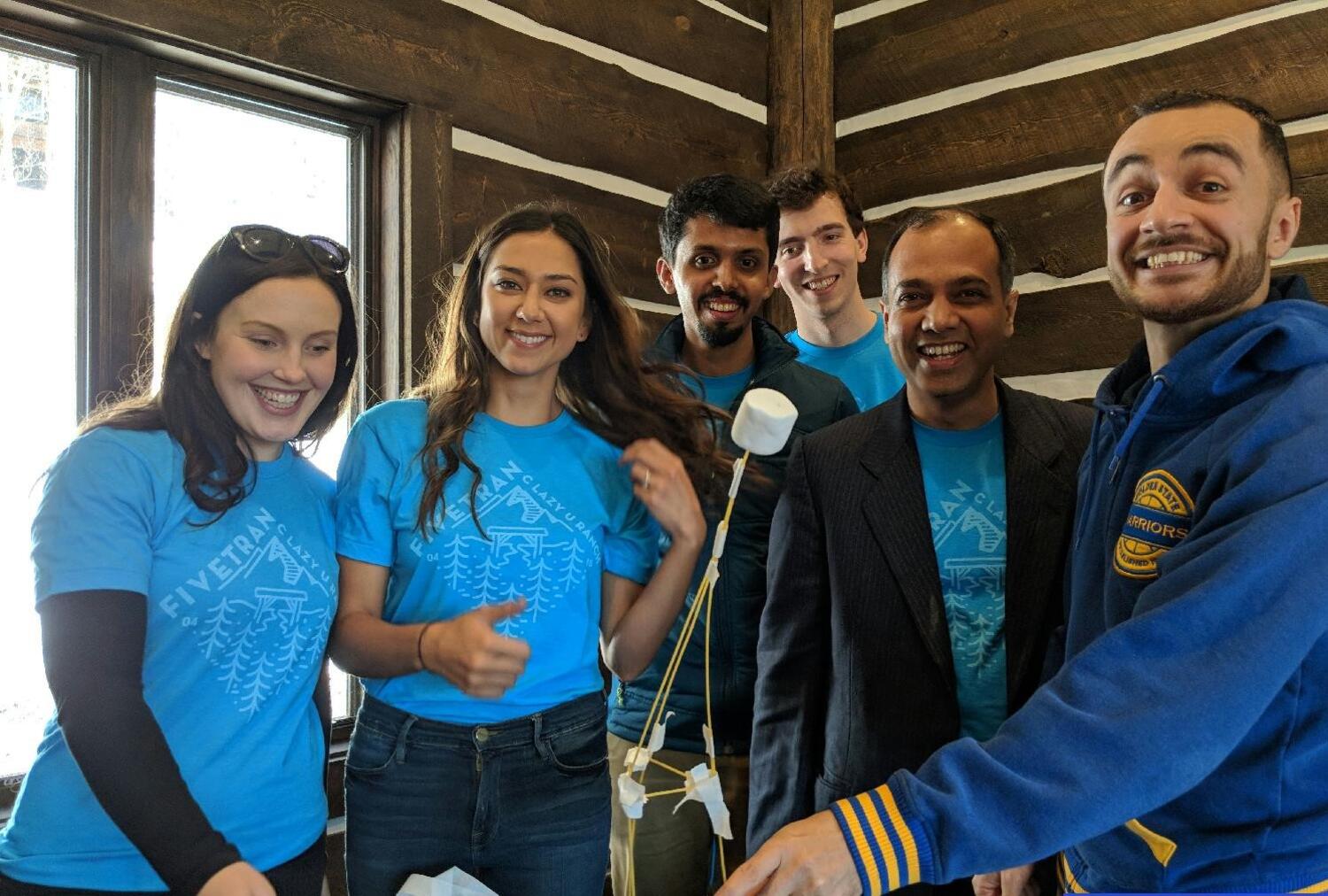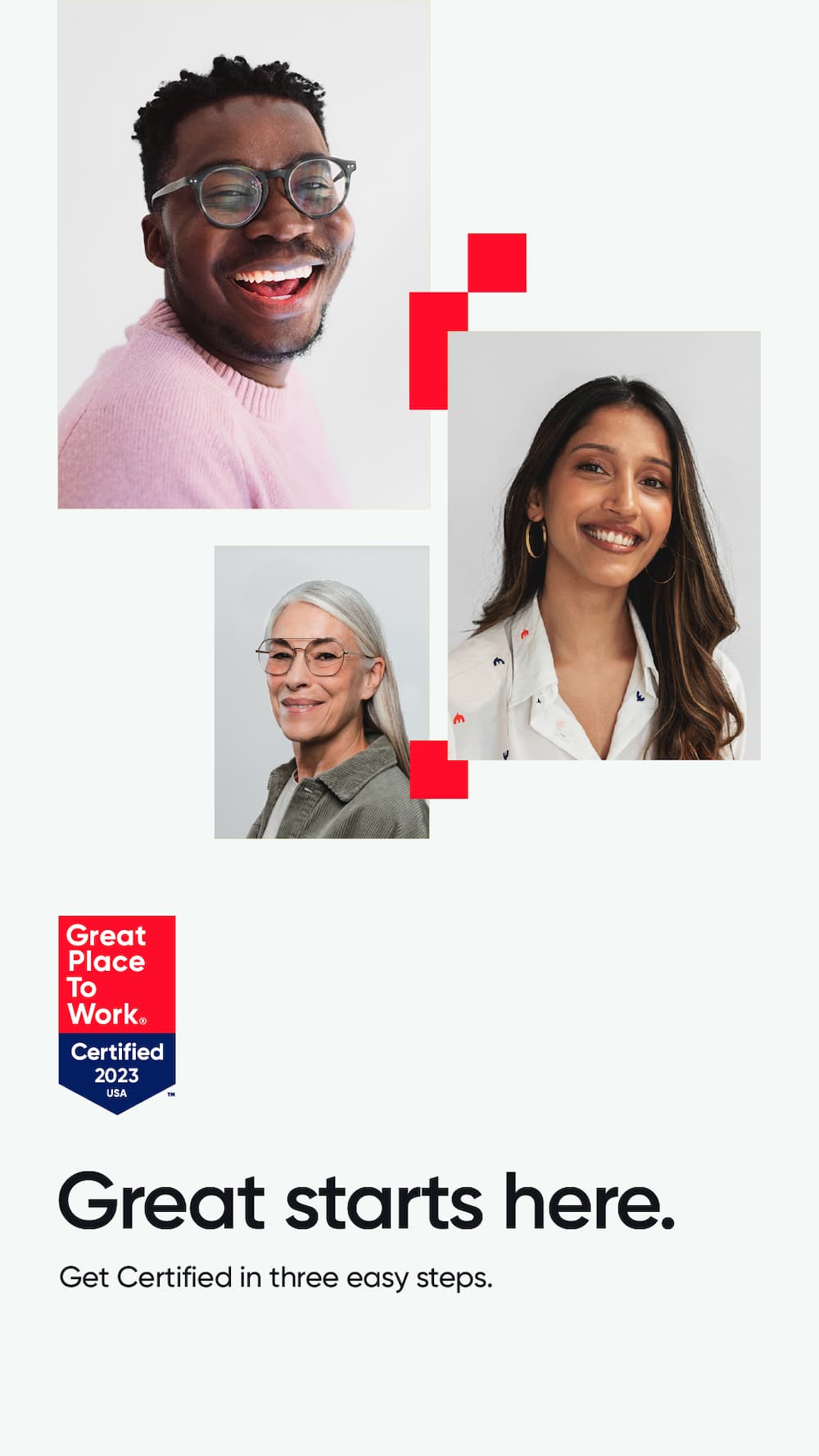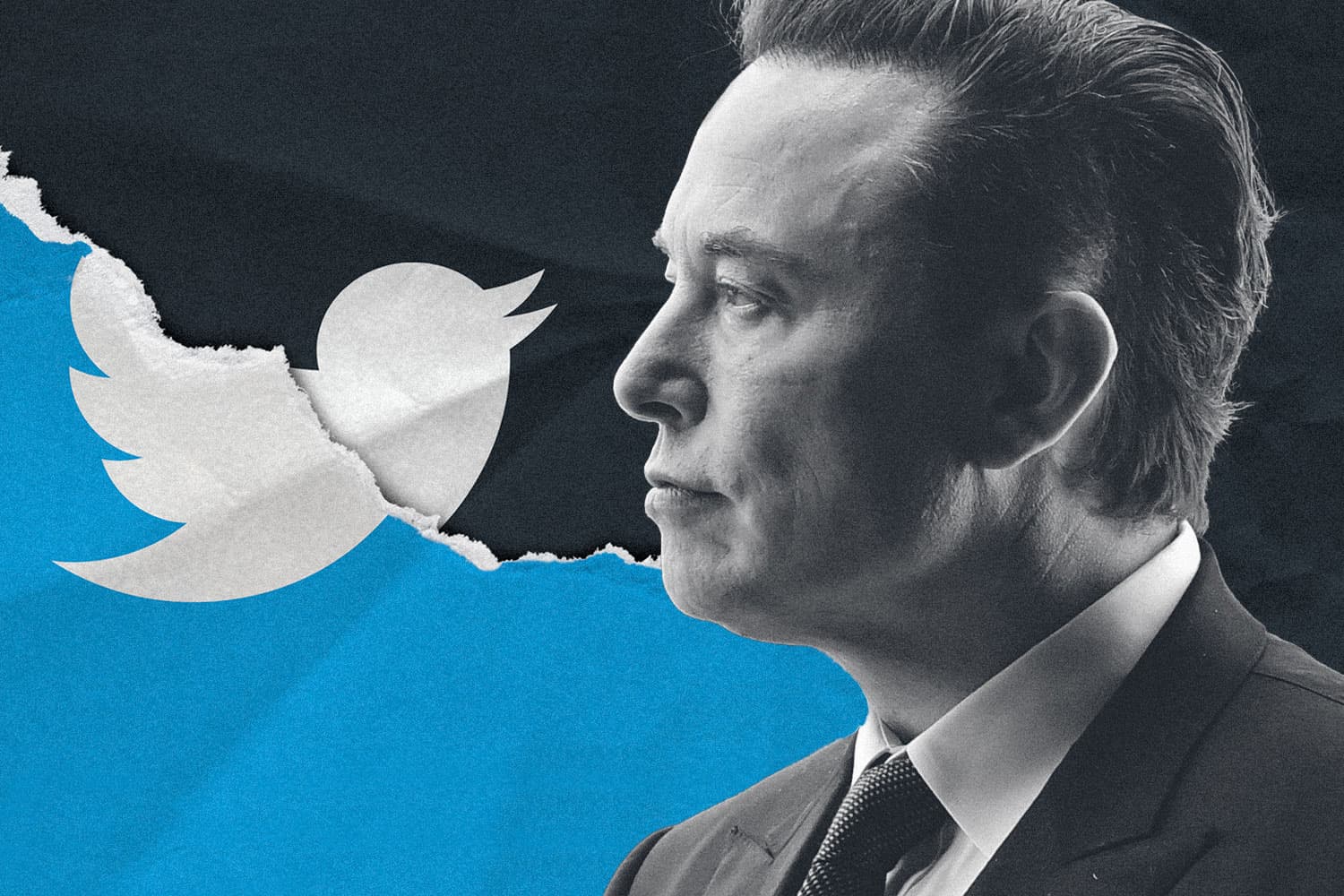Image: ERGs are alive and well at Fivetran.
We asked you to tell us what problems you’re trying to solve in the workplace. Many of you had questions about Employee Resource Groups or ERGs. Our company culture experts came back with some answers to your questions.
Laurie Minott is a partner at Great Place To Work; Tony Bond is the EVP and chief innovation officer and Marcus Erb is our VP of data science and innovation.
Great Place To Work has also recently conducted a preliminary survey of ERGs, which revealed clear trends. Some of the advice from Tony, Marcus, and Laurie is rooted in this research.
We’ve edited some of your questions for length and confidentiality, but believe we’ve still conveyed your key issues. Our experts replied to the questions in their original form.
How do you start an ERG?
Jennifer asks:
I’m curious how folks define what makes an Employee Resource Groups? Do you have parameters or a framework that can be shared with employees interested in starting one?
From Tony:
When it comes to ERGs, there aren’t any hard or fast rules. There isn’t a set framework or decision model.
ERGs can be an integral part of an overall strategy to improve the workplace culture for all; in particular, helping managers and leaders analyze their own organizational dynamics that may lead to lower engagement for some populations.
There are practical recommendations when starting ERGs such as, making sure:
- They are open to all
- Participation is voluntary
- Their activities are aligned with business objectives
- They provide long-term business benefit as well as professional/personal benefit to participants
- They are given resources, including executive sponsorship
It starts with leaders defining a shared goal around diversity, equity and inclusion (DE&I). Without this, any efforts, including those of ERGs, can be futile.
Having this goal in place, leaders should be curious about the underlying differences in the day to day experience of the workplace across all demographics.
Should ERG’s have an executive sponsor?
Gabriel asks:
How important is it for ERG’s to have an executive sponsor and/or connection to the executive team?
From Laurie:
ERGs with executive sponsors or connection to the executive team are more likely to be successful.
Having an executive sponsor enables:
- A line of sight from the contributions and impact of the ERG to senior leadership, and
- A line of sight from the organization’s business priorities to the ERG’s to ensure alignment
This connection point creates conditions to maximize the power and value of these groups. For example, when Toyota relocated its North American headquarters from California to Texas, it leveraged it’s ERG groups to help with this process.
To encourage relocation and support employee groups through this process, it sent members from its ERGs to:
- Assess the area through the lens of their respective affinity groups prior to the move, and
- Share back the learnings to leadership and ERG members
This relocation was much more successful as a result.
Adrienne Trimble, the general manager of D&I and the Social Innovation Division of Toyota Motor North America, reported that while most corporate relocations have a 24% retention rate, Toyota’s was closer to 65%. Adrienne attributed this high employee retention to the involvement of their ERG’s.
Should ERG groups have a governance structure?
Myriam asks:
How do you manage an ERG? Should they have a governance structure?
From Laurie:
As with any organizational effort, having clear goals, roles, process, and measures creates a foundation for success.
These guidelines – whether documented formally or informally – are what separates an ERG from a support group or group that choses to form outside of work.
Organization helps to recognize that an ERG is a designated group and provides a way to manage it, which is beneficial for everyone.
An ERG governance structure need not be complex, but it should provide a level of clarity that enables shared understanding and alignment.
Best practices for ERG governance structure suggest having:
1. ERG Group Charter that outlines:
- Principal activities
- Expected benefits
- Measurable goals
- Initiatives that will make an impact in areas such as
- Professional development
- Employee recruitment and retention
- Advancing business objectives
2. ERG Structure that provides:
- A mission statement
- Membership recruitment plan
- Resource requirements
- Meeting structure
- Budget
- Plan for oversight
How do you improve and promote ERGs?
Pia asks:
What’s one thing I can do today that will improve the experience ERG members are having?
From Marcus:
If you had to choose one – and there’s definitely more than one – the answer would be to genuinely celebrate involvement in ERGs.
In our preliminary study of ERGs, we found that when ERGs have more people, they have more executive support, better resources and more influence.
When groups had 100 members or more, they were 2 times more likely to serve as a strategic resource to their organization.
Unfortunately, most ERGs don’t see their leaders creating or encouraging that level of participation. In our research, 100% of executive sponsors say company leadership encourages participation across ERGs. Yet, only 52% of ERG leaders think that’s true.
Organization leaders should give ERGs status. Use your platform as an executive to genuinely celebrate and encourage participation in ERGs. Give time, visibility, and recognition. And even promotions to celebrate those involved and get more people engaged.
How do you figure out what fits into an ERG or not?
Adnan asks:
We have employees interested in starting a faith group, as well as a “parents who’ve lost a child” group, and we’re trying to determine where or how this fits and if it should be an ERG or some other offering.
What are your thoughts on how to approach this with employees?
From Tony:
One of the main objectives of an ERG is to create an open forum for employees who share common interests/concerns to meet and support one another in creatively addressing those concerns.
It’s perfectly fine for ERGs to grow organically. If employees of a certain group feel that starting an ERG will help promote a sense of belonging and empowerment, those efforts should be supported.
Groups like these can also start small by getting together in a less formal way to further demonstrate interest and initiate conversations, then make the valid case for an ERG to the HR team and other leaders.
How do ERGs help organizational efforts to address racial inequity?
Hien asks:
I want to convince my leaders that ERGs are an important asset for our company culture and employee belonging. How can ERGs improve my organization’s efforts to address racial inequity?
From Marcus:
From a leaders’ perspective, ERGs let them see things they couldn’t otherwise.
First, they are a direct and honest source of actionable insights about your company’s DE&I efforts. Because ERGs are employee-organized and employee-run, they have an intimate perspective on what’s happening on the frontlines. They can represent voices and perspectives that leaders might not hear through normal communication channels.
And it’s critical that leaders hear these voices; our research shows their usual efforts and assessments are often missing the mark. In our survey, we saw that leaders miss things, even at the Best Workplaces.
In addition, 78% of executive sponsors believe involvement in ERGs support career advancement, but only 40% of ERG leaders say the same. This disconnect shows up in feelings of belonging as well – 91% of executive sponsors feel belonging at work, but only 76% of their ERG leaders say the same.
ERGs can help you see your blind spots. These voices are the ones that can tell you if your DE&I investments are working or what else would make a difference.
Activate your ERGs
- Learn more by reading our preliminary research on the state of ERGs
- Survey your employees and ERG members with our Trust Index™
- Sign up for our newsletter for more Great Place To Work research and advice company culture











